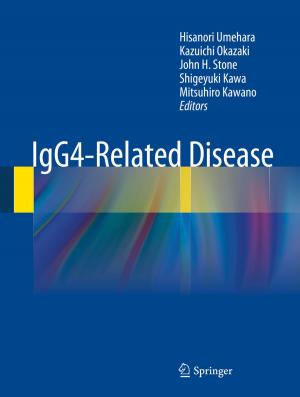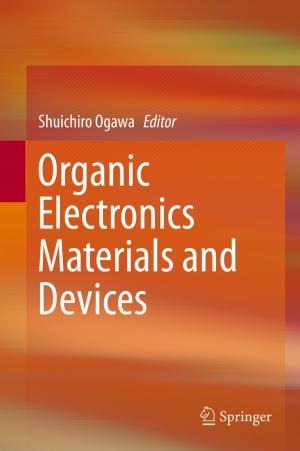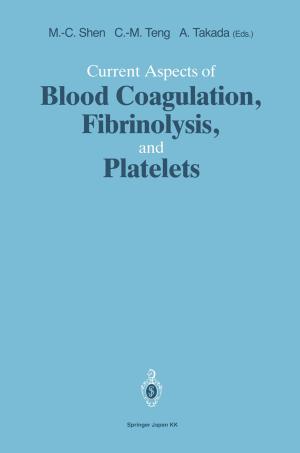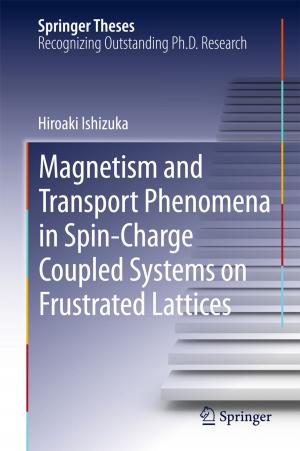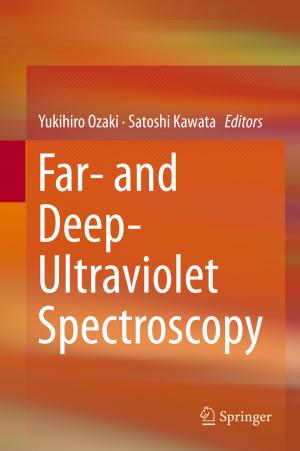Neurochemical Monitoring in the Intensive Care Unit
Microdialysis, Jugular Venous Oximetry, and Near-Infrared Spectroscopy, Proceedings of the 1st International Symposium on Neurochemical Monitoring in the ICU held concurrently with the 5th Biannual Conference of the Japanese Study Group of Cerebral V
Nonfiction, Health & Well Being, Medical, Surgery, Neurosurgery, Specialties, Internal Medicine, Neurology| Author: | ISBN: | 9784431685227 | |
| Publisher: | Springer Japan | Publication: | December 6, 2012 |
| Imprint: | Springer | Language: | English |
| Author: | |
| ISBN: | 9784431685227 |
| Publisher: | Springer Japan |
| Publication: | December 6, 2012 |
| Imprint: | Springer |
| Language: | English |
Neurophysiological recording is the major neuromonitoring technique employed in ICU. In addition, continuous recording of intracranial pressure has proved to provide infomation useful for critical care of the patient with severe brain damage. It is, however, difficult to assess neurochemical and/or metabolic environments of the brain with these conventional neuromoni toring techniques. Information regarding these changes, if available on a real-time basis, is undoubtedly useful for patient care. Many important developments in bedside techniques to monitor these changes have been achieved during the last few years. It was the consensus of the editors that a symposium to exchange knowledge concerning recent advances in such techniques would be valuable. With this background, the First International Symposium of Neuro chemical Monitoring in ICU held May 20-21, 1994, in Tokyo, Japan. It was not the intention of the organizers that this symposium should survey the whole field of neuromonitoring in ICU. The symposium was thus focused on clinical application of microdialysis, jugular venous oximetry, and near infrared spectroscopy, which currently appear to be the most promising techniques for monitoring neurochemical and metabolic changes in the brain in a clinical setting. We termed these techniques collectively as neuro chemical monitoring, contrasting them with neurophysiological monitoring in ICU. The concept that has motivated this symposium was to provide an opportunity to exchange up-to-date summaries on issues currently debated for these techniques. This volume is based on the papers presented at the symposium.
Neurophysiological recording is the major neuromonitoring technique employed in ICU. In addition, continuous recording of intracranial pressure has proved to provide infomation useful for critical care of the patient with severe brain damage. It is, however, difficult to assess neurochemical and/or metabolic environments of the brain with these conventional neuromoni toring techniques. Information regarding these changes, if available on a real-time basis, is undoubtedly useful for patient care. Many important developments in bedside techniques to monitor these changes have been achieved during the last few years. It was the consensus of the editors that a symposium to exchange knowledge concerning recent advances in such techniques would be valuable. With this background, the First International Symposium of Neuro chemical Monitoring in ICU held May 20-21, 1994, in Tokyo, Japan. It was not the intention of the organizers that this symposium should survey the whole field of neuromonitoring in ICU. The symposium was thus focused on clinical application of microdialysis, jugular venous oximetry, and near infrared spectroscopy, which currently appear to be the most promising techniques for monitoring neurochemical and metabolic changes in the brain in a clinical setting. We termed these techniques collectively as neuro chemical monitoring, contrasting them with neurophysiological monitoring in ICU. The concept that has motivated this symposium was to provide an opportunity to exchange up-to-date summaries on issues currently debated for these techniques. This volume is based on the papers presented at the symposium.


